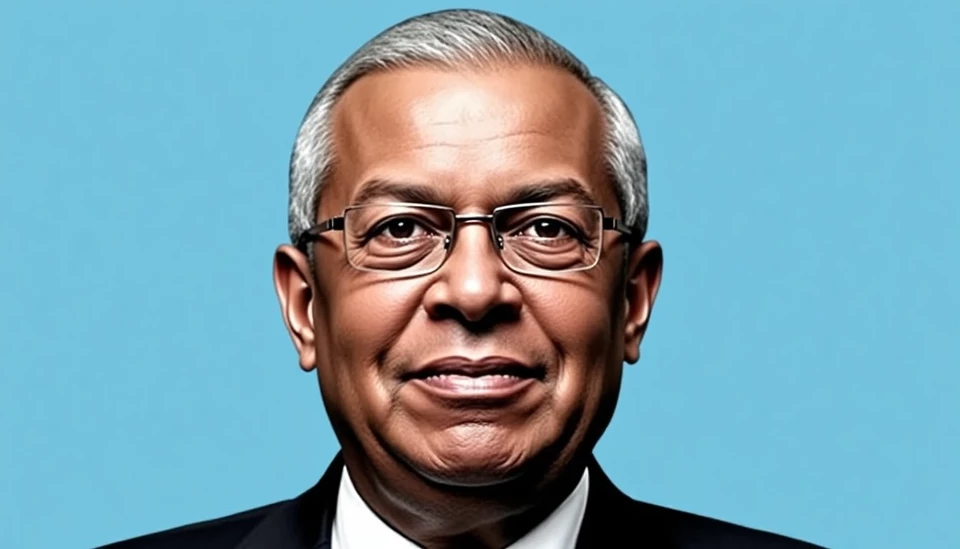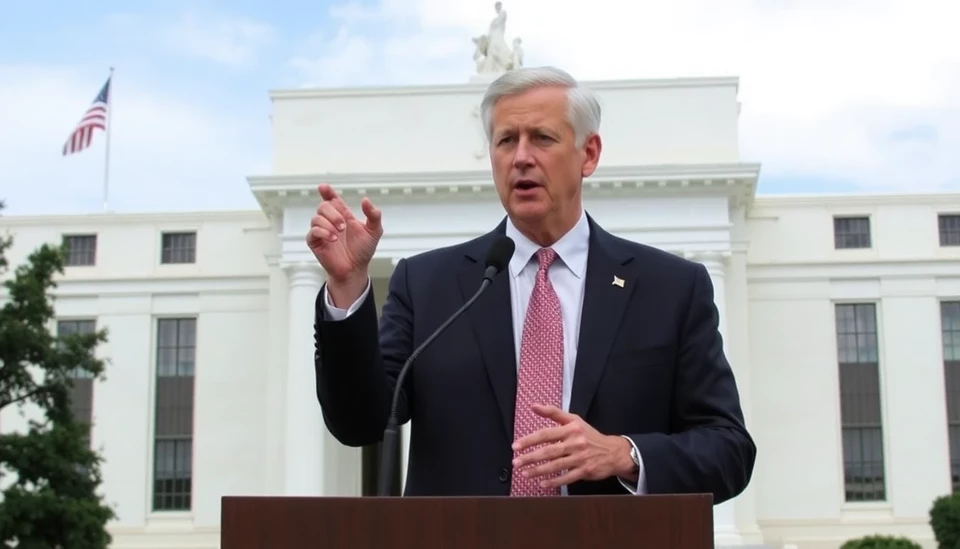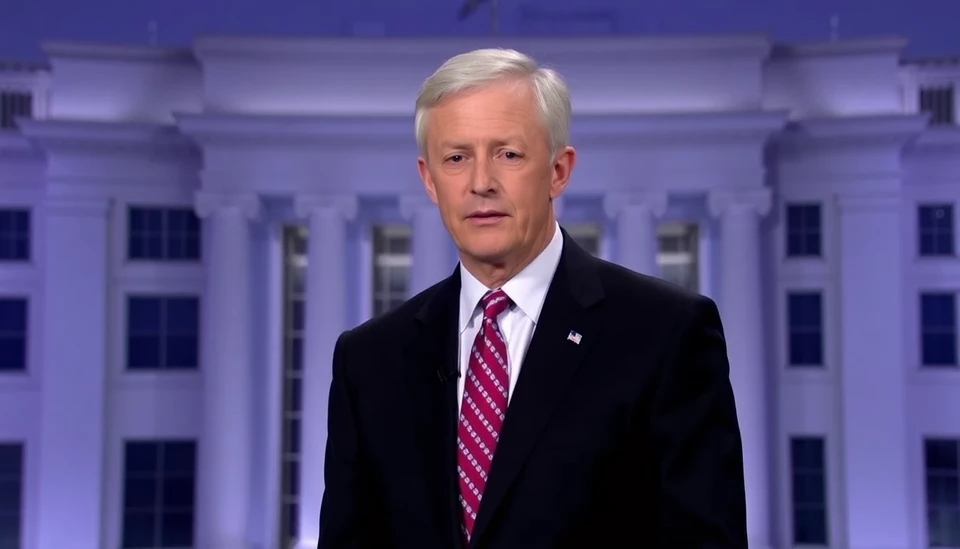
The Federal Reserve, under the stewardship of Chairman Jerome Powell, is currently navigating turbulent waters as criticism mounts over its diversity and inclusion initiatives. This comes as the nation grapples with broader conversations on equity, race, and representation in various sectors. The Fed’s recent commitment to fostering a more diverse workforce is facing harsh judgment from some factions who argue that it reflects a misplaced focus at a time when economic concerns are paramount.
Specifically, Powell has sought to make an indelible mark on the Fed’s structure, emphasizing the urgency of embracing a diverse workforce as foundational to effectively addressing the economic challenges facing the United States, particularly in light of the ongoing recovery from the pandemic. Powell's drive for diversity has been interpreted by critics as a distraction from the Fed's core mission of promoting maximum employment and stable prices.
Opposition to the Fed's efforts has surged, with a few high-profile advocates for a more focused approach to economic policy openly chastising the Fed’s emphasis on diversity over traditional monetary goals. They argue that an obsession with inclusivity could compromise the central bank’s operational integrity, suggesting that decisions should be made solely on merit rather than demographic representation.
On the other hand, proponents of the Fed’s diversity initiatives contend that ignoring representation can lead to a lack of perspective, potentially resulting in economic policies that are ineffective or even harmful to marginalized communities. They argue that a diverse leadership team is better equipped to understand and respond to the needs of all Americans, particularly those who have historically been underserved.
In light of this ongoing debate, Powell’s administration is striving to strike a balance between addressing immediate economic realities and promoting a long-term vision for diversity. He has stated that diversity within the Fed is not just a moral imperative but also a strategic advantage. According to Powell, a wide range of perspectives is essential for crafting effective policies that will navigate the complexities of a multifaceted economy.
Despite Powell’s candor regarding the importance of diversity, the central bank is facing external pressures that may force it to double down on its mission or recalibrate its strategies in response to criticism. The ongoing dialogue underscores a critical juncture for the Federal Reserve as it looks to fulfill its dual mandate of stabilizing prices and maximizing employment while adapting to changing social expectations.
As discussions continue, it remains to be seen how the Fed will respond to these criticisms and whether the focus on diversity will endure amidst opponents' claims that it dilutes the institution's essential functions. Chairman Powell’s decisions in the coming months could have significant implications not only for the Fed but also for broader conversations regarding diversity and inclusion in the financial sector and beyond.
As the Federal Reserve moves forward, the question remains: can an institution steeped in tradition adapt and modernize its strategies while also addressing the pressing economic issues of our time? The endeavor for a more inclusive future is inevitably intertwined with the historic legacy of the Fed and its crucial role in shaping economic policies.
As the narrative unfolds, it’s apparent that the Federal Reserve, led by Jerome Powell, is at the center of a pivotal moment in which the balance between diversity initiatives and economic governance is being keenly scrutinized.
#FederalReserve #JeromePowell #DiversityAndInclusion #EconomicPolicy #MonetaryPolicy #CentralBanking #Equity #WorkforceDiversity
Author: Laura Mitchell




